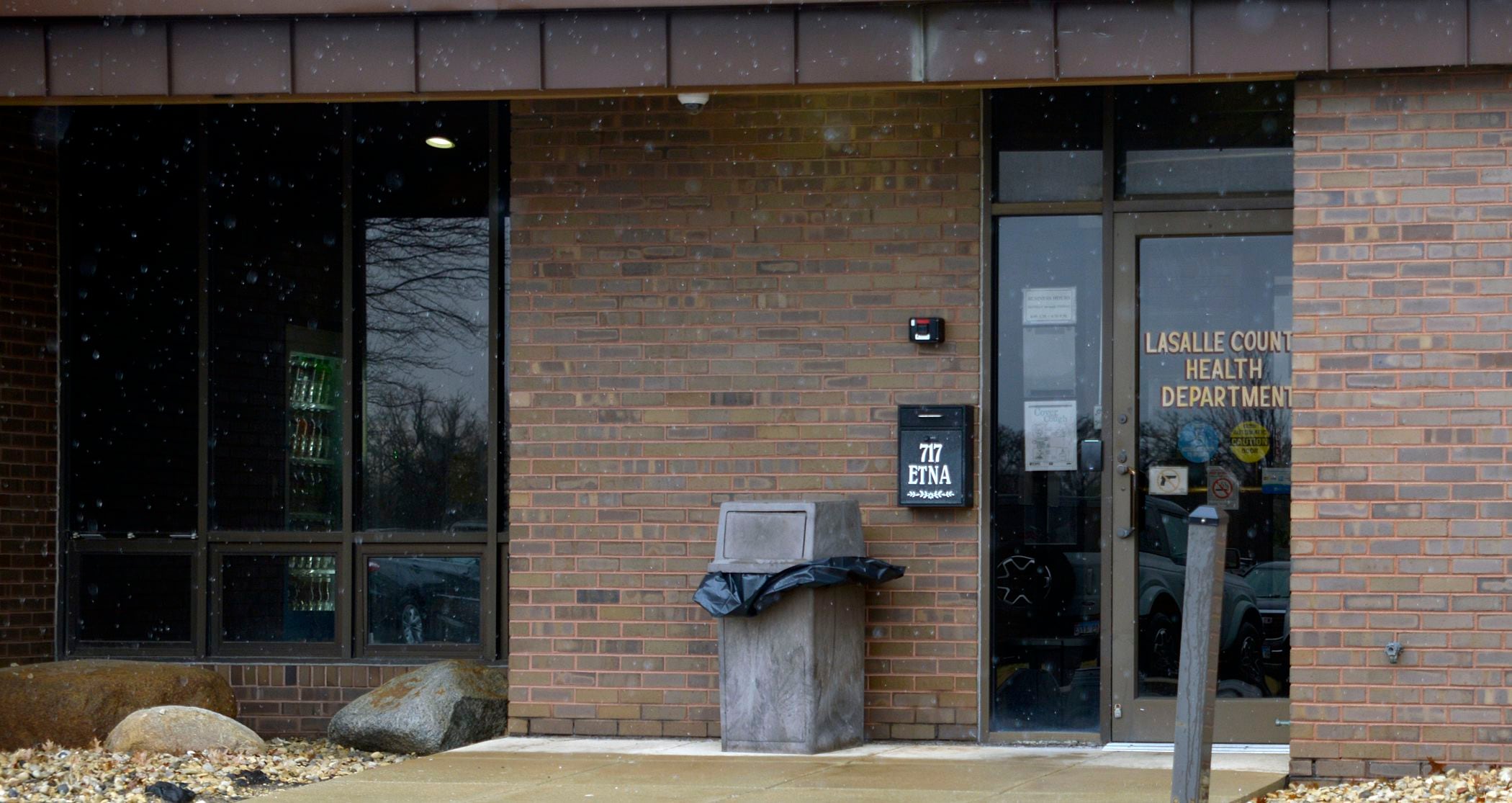The US political strategist best known for helping Bill Clinton win the White House in 1992 by focusing on the economy would appear to have been vindicated once again by President Trump ’s abrupt U-turn on reciprocal tariffs last Friday The reverse came after an unexpected collapse in the price of US debt after days of declines on global stock markets in expectation of a prolonged period of disruption in global trade that would have followed the implementation of tariffs – and may yet still do so. The reason the fall in the price at which US government bonds trade on the international market – after they have been sold to investors by the US government to raise money – was unexpected is because normally when equity markets fall, the price of US treasuries. as the bonds are known, nearly always goes up.
The reason is that investors shift their money into what is considered a safer asset class, if not the safest asset class. US treasuries hold this status because everyone assumes the United States will always be able to honour its bonds. If they can’t, then it probably won’t matter because the world will literally be on fire.

The simplest explanation for last week’s sell-off – and thus some would argue, the most plausible – is that the behaviour of the Trump administration has made people doubt this premise. As a result, they don’t want to hold US treasuries as much as they used to. This argument is perhaps more simplistic than simple.
It stretches credulity that the actions of the Trump administration over the past three months – while reckless and foolish – have undermined market confidence to such an extent. It presupposes that investors take the view that Trump’s election represents a step change in the way the United States will treat with the world rather than something that may not outlive this administration. The alternative explanation is arguably just as terrifying.
The reason that the Trump administration did not see the US treasury sell-off coming – they for sure saw the equity sell-off – was because they underestimated the extent to which US treasuries are used by leveraged hedge funds to underpin all sorts of high-risk trading strategies. Leveraged hedge funds – as the name implies – make bets on very small movements in the price of assets but make them on a large scale through borrowing to buy the assets. When their bets start to go against them, they come under pressure to service and repay their borrowings through selling assets and closing out the loss-making positions.
Two trading strategies have come under the microscope in recent days, both of which are little more than highly leveraged bets on the inexorable rise in the price of US treasuries. And both are deemed to have had an outsize influence on last week’s collapse in US treasuries. The first is called the SLR (supplementary leverage ratio) trade and is a bet on the Trump administration allowing US banks to hold more US treasuries, which would, all else being equal, push up the price.
Last week’s precipitous declines will have forced leveraged funds following this strategy to sell into a falling market. The second strategy is called the Basis Trade. It is incredibly complex but, in essence, also involves buying a US treasury on the assumption that the price will rise relative to other investments.
Again, last week’s fall in the price of US bonds would have seen funds under pressure to sell. Apollo Global Management, the giant US alternative asset manager, estimates that US and other hedge funds had more than €800 billion tied up in the basis trade alone. To put this in some context, it’s worth noting that Japan, the biggest single holder of US debt, has €1 trillion in US treasuries and China, the second largest holder, has €760 billion.
The notion that leveraged bets on the price of US treasuries drove last week’s declines is at least as plausible as suggestions of a buyers’ strike by China in response to tariffs being the cause. Probably more so, given the nihilism that this strategy implies. It’s prudent to assume that some combination of all the above factors contributed to the sell-off in bonds and the wilful destruction of wealth last week.
The fact that the Trump administration did not war game the impact on SLR and Basis Trades of its tariff policy is alarming but, in truth, not at all surprising. What is surprising is that at this juncture, a country like the US can find itself in the position of having to effectively bail out highly leveraged and lightly regulated private investors such as leveraged hedge funds. The alternative would have been dealing with the consequences of their recklessness for the state’s solvency, the wider banking system and ultimately the public.
The notion of a financial institution being too big to fail was supposed to be over in 2007. It’s time to revisit Carville’s aphorism: When I go, I want to be reincarnated as a leveraged hedge fund. John McManus is a columnist and Duty Editor with The Irish Times.
Top

When I go, I want to be reincarnated as a leveraged hedge fund

Bets on highly leveraged positions soured by Trump’s reckless and foolish trade policy forced hedge funds to sell treasuries in a hurry











